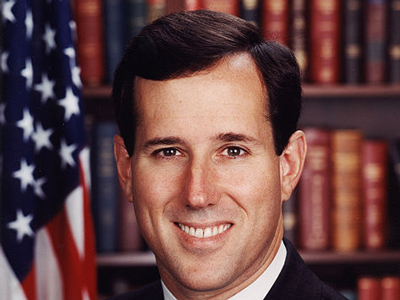How Tony Nicklinson Already Has the Right to Die
According to a BBC report, Tony Nicklinson, 58, from Melksham, Wiltshire, has “locked-in syndrome” after a stroke in 2005 and “is unable to carry out his own suicide.” “He is seeking legal protection for any doctor who helps him end his life.”
In fact, it is not quite correct that Tony Nicklinson “is unable to carry out his own suicide.” He could at present refuse to eat food or drink fluids. Hunger strikers do this for political reasons. He could do it for personal reasons. People should not be force fed against their own autonomous wishes.
Now suppose that Tony did refuse to eat or drink, because he wanted to die because he found a life locked-in to be intolerable. He would die in weeks, perhaps less. Given that he will die, he should be given medical treatment to make his last weeks as comfortable as possible. He should be given sedation and analgesia. He could even be given such doses that render him unconscious.
Such a process already happens, int he UK, in a slightly different way. In the famous case of Tony Bland, law lords authorized the removal of a feeding tube that was keeping Tony Bland, who was permanently unconscious. They, his family and doctors all judged that continued life was not in his interests.


